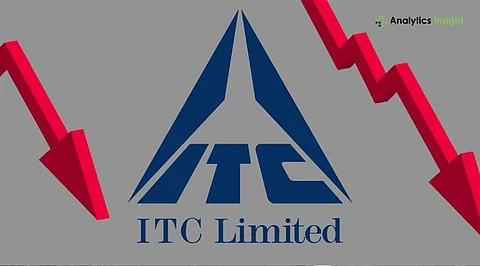Understanding and managing Accounts Receivable (A/R) is vital for small businesses aiming to maintain strong cash flow and ensure financial stability. A solid grasp of A/R not only facilitates timely payments but also informs strategic business decisions. This article outlines key strategies for small businesses to effectively leverage A/R, particularly through the use of the cloud-based accounting software, Xero.
What is Accounts Receivable?
Accounts Receivable refers to the outstanding invoices or money owed to a business by its customers who have purchased goods or services on credit. Each promise to pay later constitutes an A/R in business accounting. Managing A/R is crucial for small businesses since effective oversight directly influences cash flow. Timely collection of payments helps cover daily operating expenses, acquire inventory, and invest in growth. Poor management can lead to cash shortages and potential financial distress.
Top Tips for Managing A/R with Xero
Utilizing platforms like Xero can significantly enhance A/R management for small businesses. One of the primary advantages is the streamlined invoicing and payment process. Xero allows users to automate invoicing, including setting up recurring invoices for regular clients. This automation saves time and ensures consistency in billing. Invoices can be generated and sent immediately after a sale is agreed upon, complete with clear payment terms.
Furthermore, Xero enables small businesses to integrate payment services and credit card options into their accounts. This integration simplifies the payment process, making it easier for customers to settle outstanding invoices promptly. Offering incentives, such as payment discounts for early settlements, can further encourage quicker payments.
Effective collection and monitoring of A/R are also enhanced through Xero’s features. The software allows businesses to set up automated reminders, which can be customized for accuracy. Instead of waiting for a missed payment, automated follow-ups can be initiated swiftly. Additionally, A/R aging reports can be easily monitored, helping businesses identify outstanding payments and prioritize collection efforts.
The Xero dashboard provides businesses with a comprehensive view of their financial situation, including who owes money. Regularly checking this dashboard allows for quick assessments of the overall A/R status, facilitating better decision-making.
Moreover, establishing clear policies regarding A/R management is critical. Businesses should communicate payment terms and conditions clearly to customers, all of which can be set up within Xero. Implementing late payment penalties, while not always necessary, may be worth considering, especially for clients identified as habitual late payers.
Performing credit checks on new customers can also safeguard cash flow. Assessing a customer’s ability to pay before finalizing a sale ensures that financial health remains intact. By addressing these key aspects, small businesses can enhance their A/R management and, consequently, their overall financial stability.
In conclusion, effectively managing Accounts Receivable through platforms like Xero can empower small businesses to maintain robust cash flow and foster financial health. By automating processes, offering incentives for prompt payments, and implementing structured policies, businesses can navigate the complexities of A/R with greater ease and confidence.







